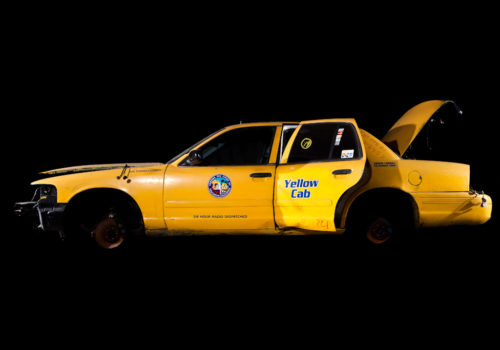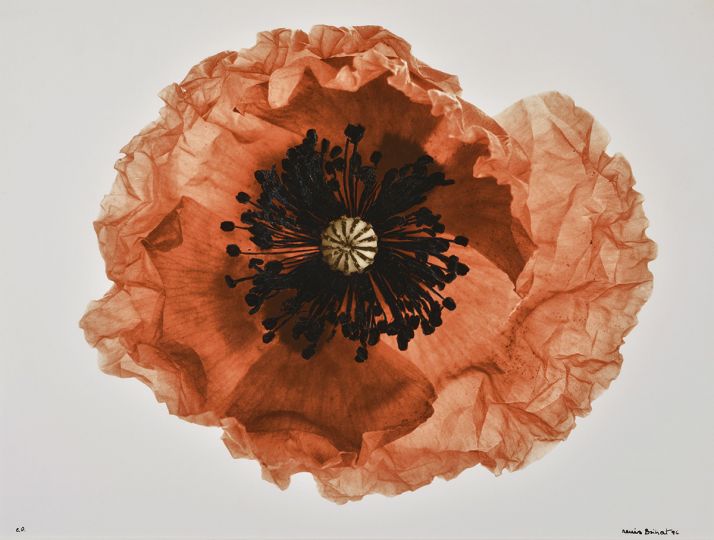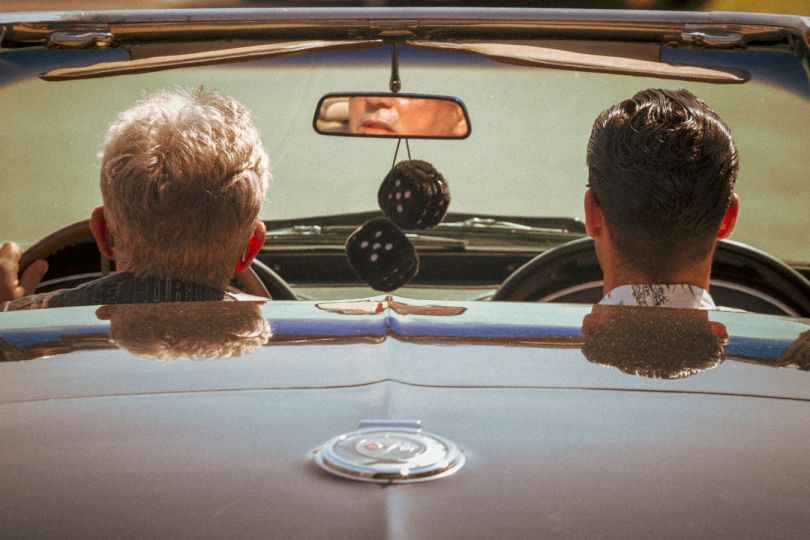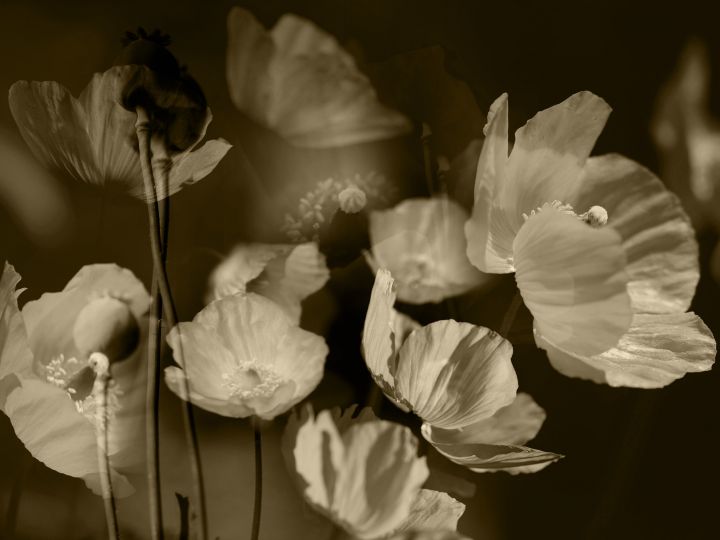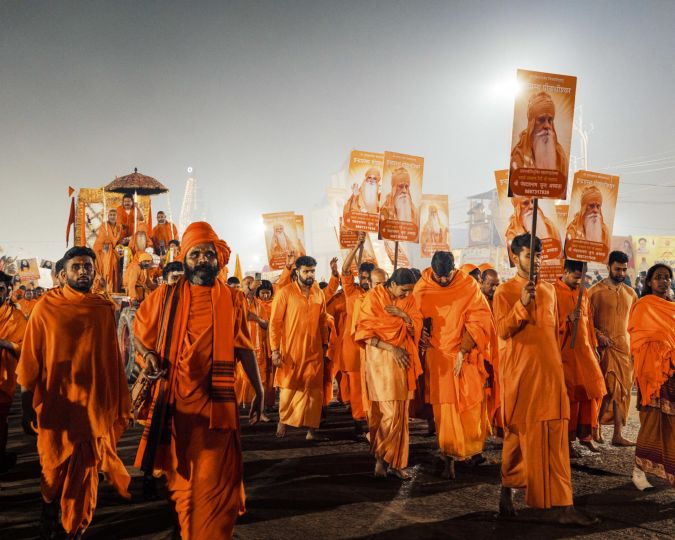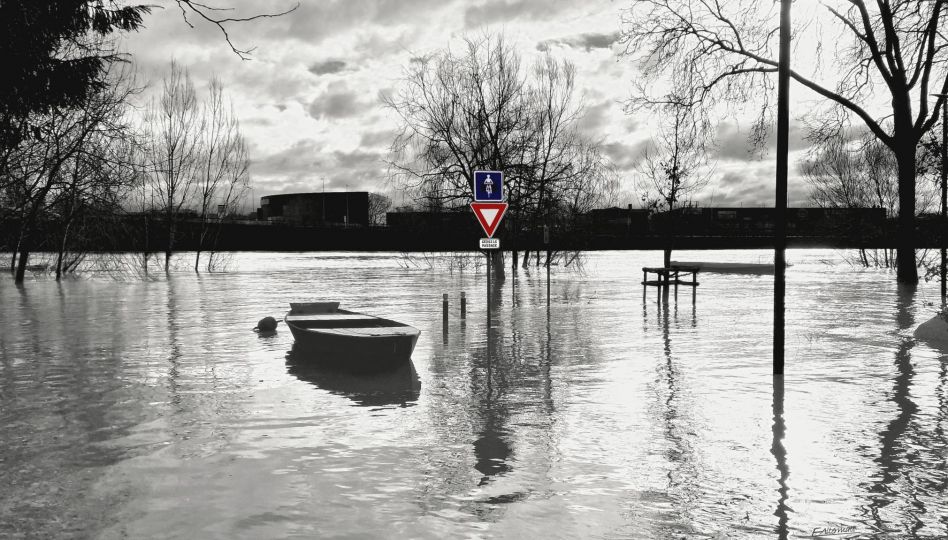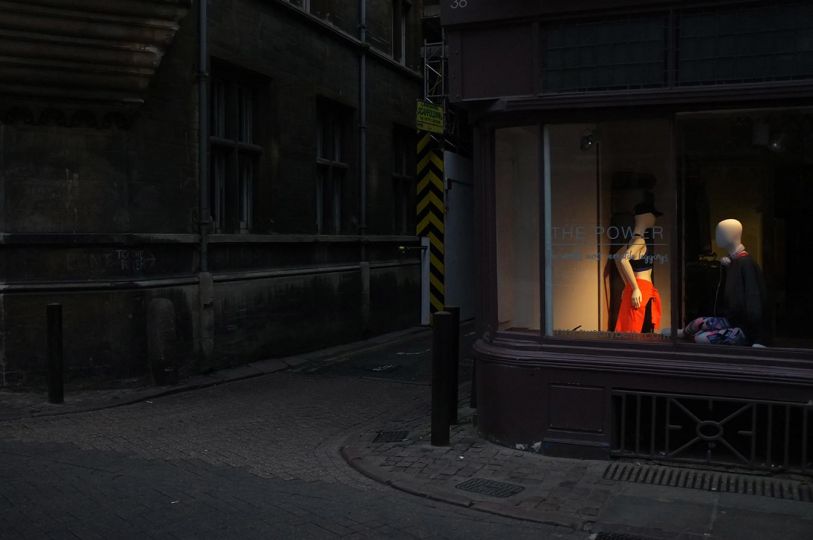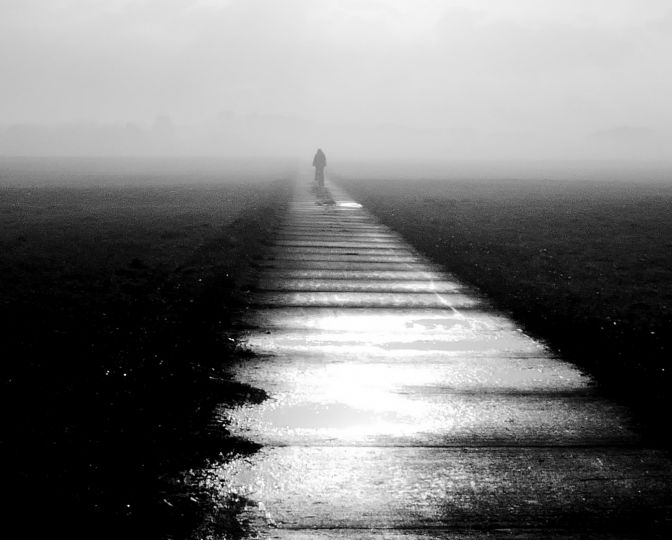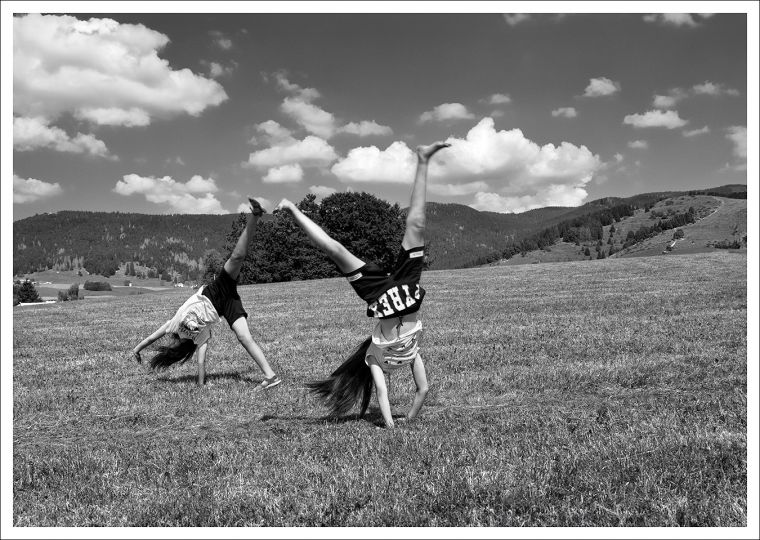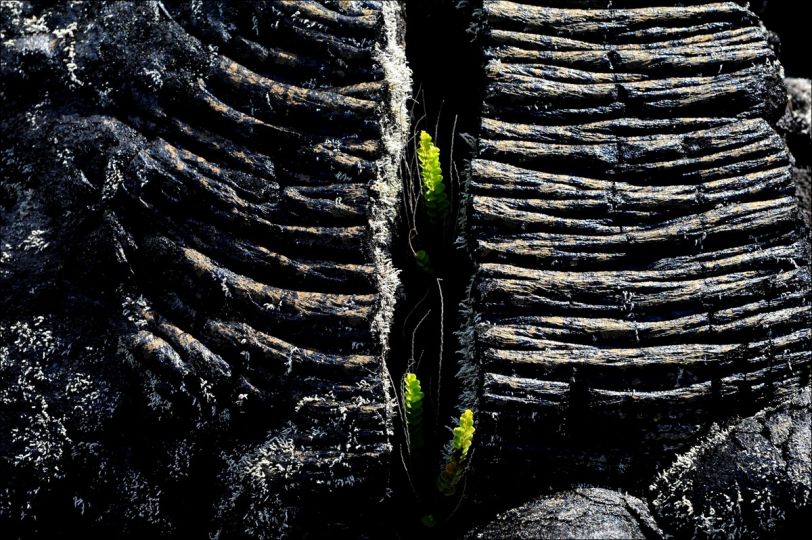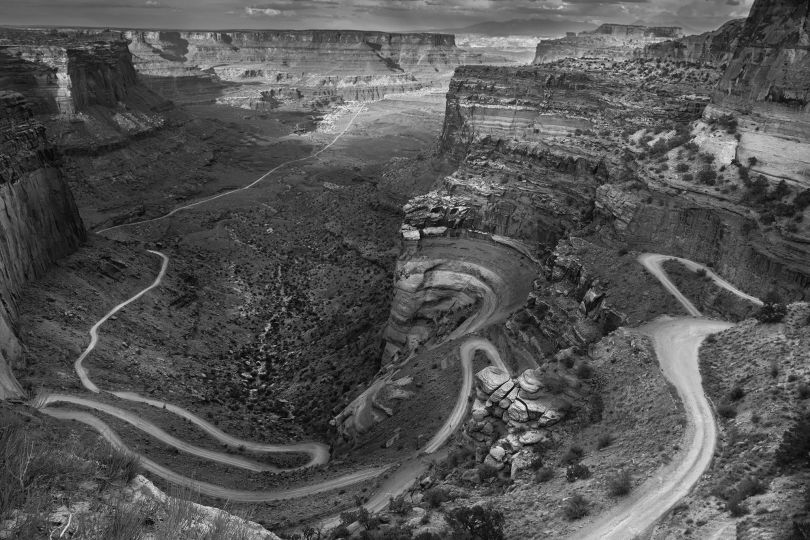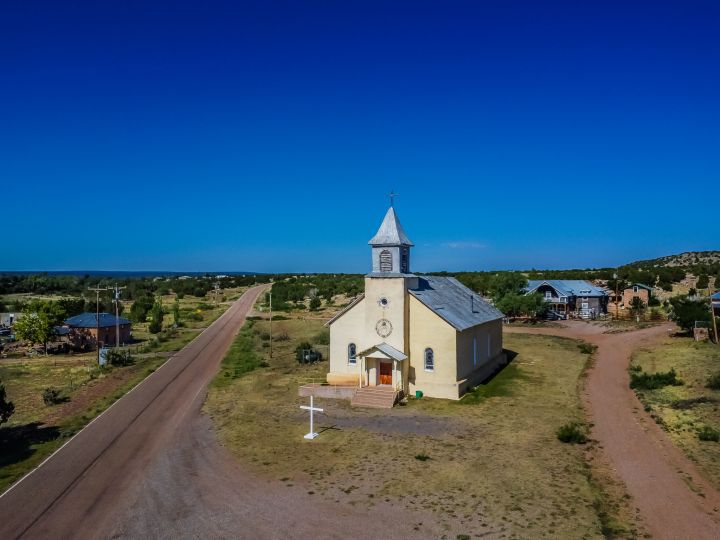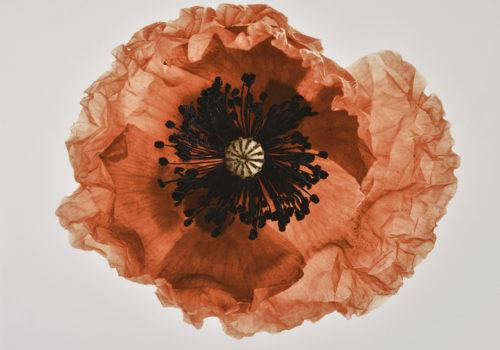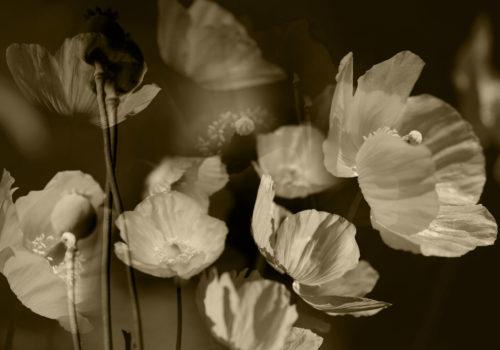Despite the project name, the images of these salvaged cars photographed by Pej Behdarvand are not documented in direct allusion to the deathbeds of humans, morgues, or even crime-scene photos. When Behdarvand stepped foot into the auto junkyard world, with its churchly order of rows upon rows of irreparable machines, he was entering a kind of purgatory. The vehicles in this photo series are depicted as if museum objects, yet unlike museum objects these wrecked cars are not to be physically preserved intact for posterity, but will be crushed for reuse in another form. The photo is the only document of the auto in this unique, temporary state: after its useful life, before it is reincarnated into recyclable material. What information is captured in these images? A glimpse of the nebulous phase of a manmade thing, with remnants of brand choice and societal status, with evidence of family and pride, categorized indifferently with grease-pencil marks. In Deathbed, the photo is a relic, a relic of a car relinquished to the junkyard to be held until it is no longer a car.
This article is reserved for subscribed members only. If you are already a member, you can log in here below.
Subscribe for full access to The Eye of Photography archives!
That’s thousands of images and articles, documenting the history of the medium of photography and its evolution during the last decade, through a unique daily journal. Explore how photography, as an art and as a social phenomenon, continue to define our experience of the world. Two offers are available.
Subscribe either monthly for 8 euros (€) or annually for 79 euros (€) (2 months offered).

